PPT-Lesson 2a – Japanese Expansion in SE Asia (1931-1941)
Author : dardtang | Published Date : 2020-10-22
Essential Question Assess the impact of Japanese nationalism and militarism on Japans foreign policy in the 1930s Learning Outcomes Students will Review how far
Presentation Embed Code
Download Presentation
Download Presentation The PPT/PDF document "Lesson 2a – Japanese Expansion in ..." is the property of its rightful owner. Permission is granted to download and print the materials on this website for personal, non-commercial use only, and to display it on your personal computer provided you do not modify the materials and that you retain all copyright notices contained in the materials. By downloading content from our website, you accept the terms of this agreement.
Lesson 2a – Japanese Expansion in SE Asia (1931-1941): Transcript
Download Rules Of Document
"Lesson 2a – Japanese Expansion in SE Asia (1931-1941)"The content belongs to its owner. You may download and print it for personal use, without modification, and keep all copyright notices. By downloading, you agree to these terms.
Related Documents

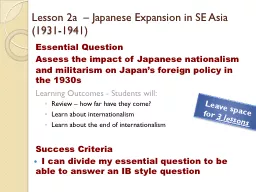
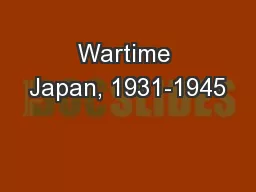
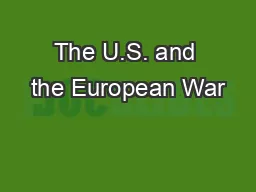
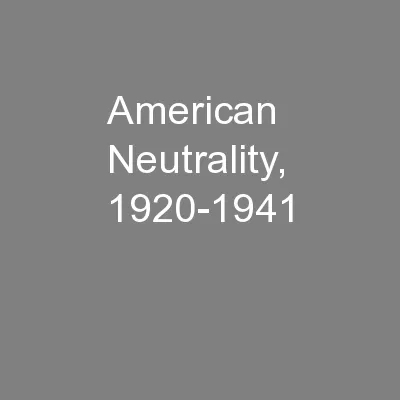
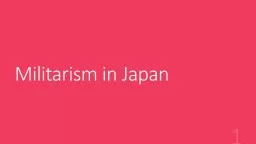

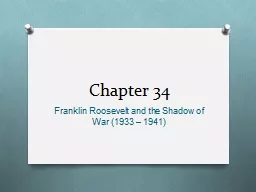
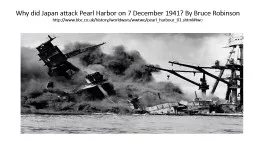
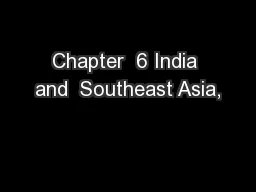
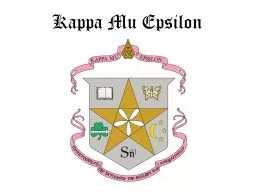
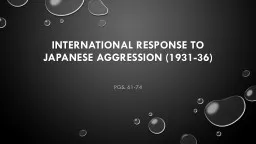
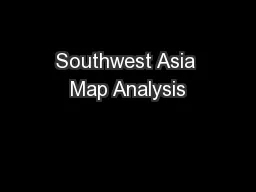
![[EPUB] - Joy of Cooking 1931 Facsimile Edition: A Facsimile of the First Edition 1931](https://thumbs.docslides.com/890379/epub-joy-of-cooking-1931-facsimile-edition-a-facsimile-of-the-first-edition-1931.jpg)
